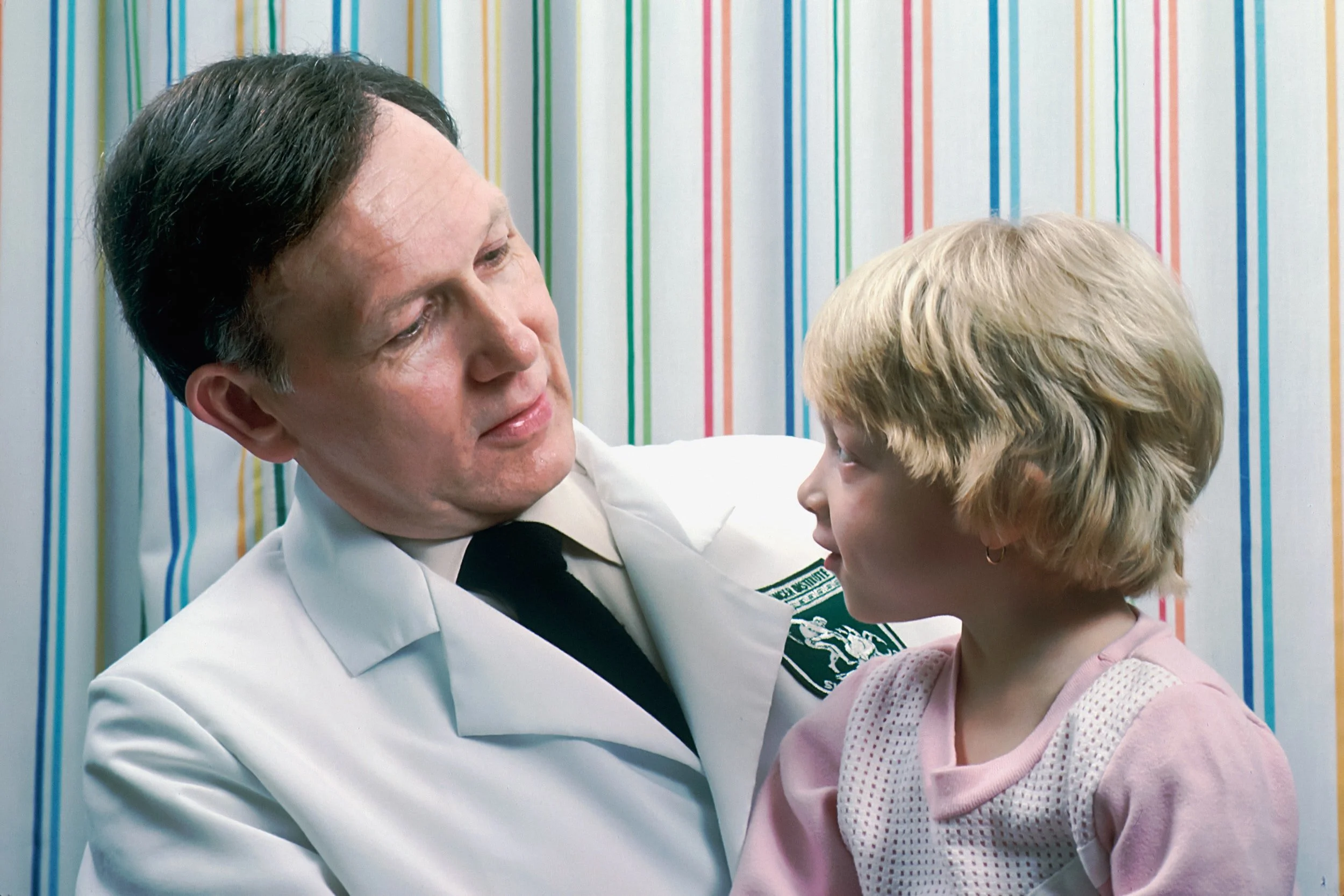Cholesterol in Children
Repost. By Rachel | October 1, 2018
Although you may think that high cholesterol is something that only adults have to worry about, your children are just as prone to high cholesterol as you are. Children who develop high cholesterol have an increase risk of developing health problems associated with heart disease as the child gets older. It’s important to monitor your child’s cholesterol levels. If you have concerns, watch what they are eating and how active they are.
Causes?
Keep in mind the amount of cholesterol your child is intaking. Too much cholesterol can result in plaque build up on the arteries, which supply blood to the heart and other major organs. The buildup of plaque can lead to heart problems and stroke in the future.
Cholesterol levels in children are most likely linked to these factors:
Heredity (passed on from parent)
Diet
Obesity
In most cases, children with high cholesterol have a parent who also has elevated cholesterol.
Diagnosed in Children
Children should have their cholesterol screened once between the ages of 9 and 11, and again between 17 and 21. Selective screening is recommended to those kids who have a family history of elevate cholesterol. Screening is also recommended for kids ages 2-8 who have a body mass index (BMI) that is above the 95th percentile. Additional screening for children ages 12-16 with a BMI greater than the 85th percentile is also recommended.
All kids should be tested after the age of 2 and no later than 10. Screening should never happen before the age of 2 as results are not accurate before this age. For kids who are overweight, weight management is the primary treatment. For kids over the age of 10 that have high levels of cholesterol, drug treatment should be considered.
Treatment
The best ways to treat high cholesterol in children is through diet and exercise. Here are some helpful tips to remember:
Eat foods low in total fat, saturated fat, trans fat, and of course cholesterol
Shop for a variety of foods so your child gets all necessary nutrients
Exercise regularly
Some examples of healthy foods to give to your child include:
For breakfast: fruit, cereals that are low in sugar, skim or 1% milk instead of 2%
For lunch/dinner: bake or grill foods instead of frying, whole-grain foods
For snacks: fruits, veggies, cereals

